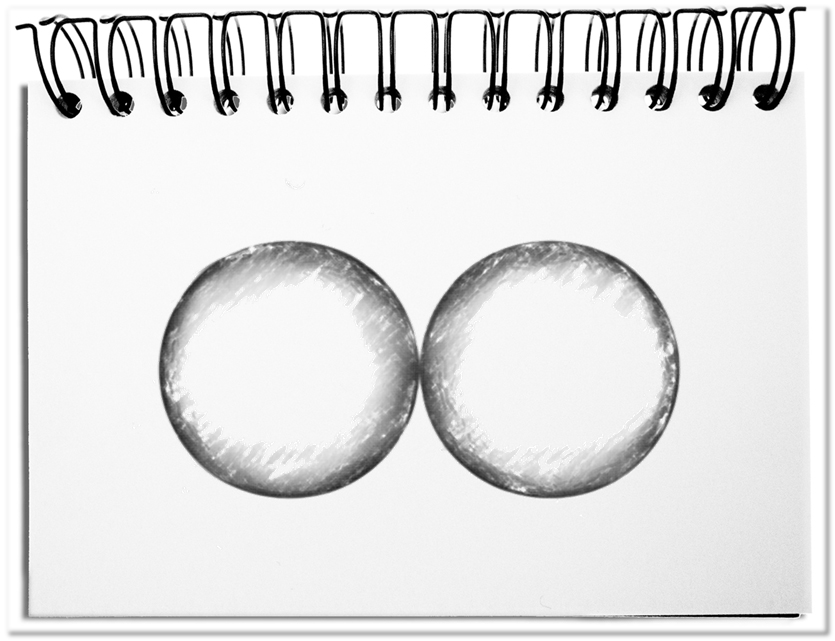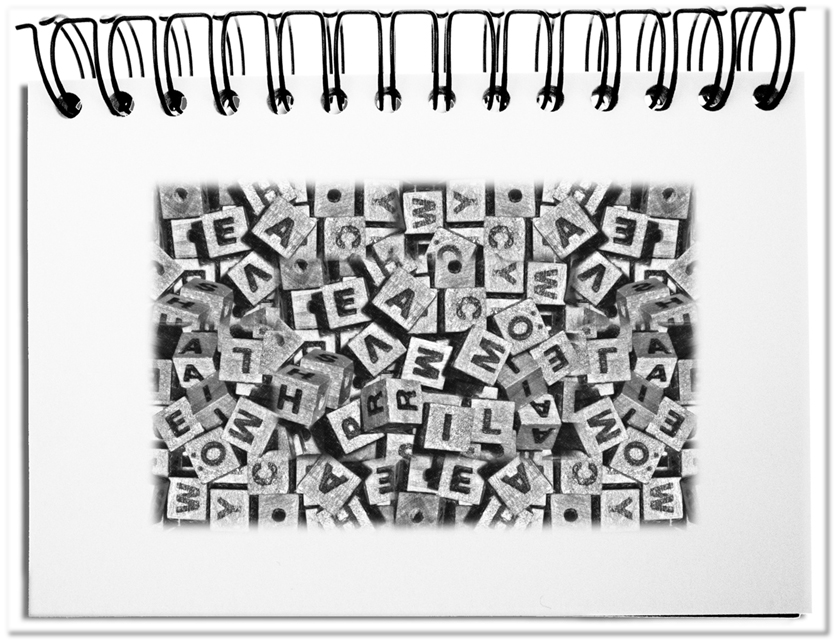Changes happen in any form and magnitude. If the look at the world changes from a flat disc to a sphere, from creationism to evolution, or from verification to falsification, you call it paradigm shift. Progress can be seen, for example, in the replacement of the Super 8 film by the video cassette, which in turn became obsolete due to today’s digital recording. Immediately people speak of a quantum leap, i.e. a real difference. But the action quantum is unimaginably small! Compared with effects of our everyday world it is only 1/10000000000000000000000000000000000 or 10-34 effect units. If nature makes real leaps, in reality these are only very small differences. There is no explanation for this yet (and perhaps it will never be provided). The changes that we perceive consist in the end of an unimaginably large number of invisible adaptations that sum up to our perceptible changes.
For this reason you should simplify the presentation, by coarsening the scale in order to clarify the changes. For example in the following cases:
- Object of change
Material and spiritual objects can change. In general, material objects consist of any kind of stuff. These material things can be measured (e.g. mass, length/width/depth, or temperature) and have a form. They are gigantic or incredibly small. For our perception, only the part that we can directly perceive is comprehensible.
In contrast, spiritual things are found in the minds of people or in artefacts (i.e. man-made objects, such as books, CDs or commodities). The ideas behind are communicated by the senders (for example, through words, pictures, sounds), but the recipients create their own understanding. This comes from the fact that these mental things are not measurable – apart from their physical “storage media” (e.g., 258 pages, 1 MB of data, 1 hour of music). Changes can be shown more easily in material than in spiritual objects. Since the actual change can not always be perceived with our senses, a comprehensible object classification is necessary, in order to clarify the changes – e.g. the biosystematics (kingdom, phylum, class, order, family, genus, species).
- Procedure of change
Changes occur in roughly defined steps (discrete), in very many small steps (quasi-continuous) or smoothly (continuous). Step by step gradations are often called digital and flowing ones analog. Due to the clear grouping, discrete changes can be more easily described. In the case of continuous progressions, artificially created steps have to be set up, in order to show the change. Changes become more and more subtle, the more they flow. The clear definition of the observation timeframe determines whether changes are noticeable or substantial, e.g. operational controlling measures quarterly and annually, instead of hourly.
- Extent of change
The magnitude of change determines how much something diverges. Depending on the object and the process, changes are perceived as improvement or revolution. If the universe expands by a few light years, this is nothing compared with its 78 billion light years. As soon as a wooden door is subjected to great temperature changes, it can expand a millimeter and therefore no longer fit into the doorframe. Changes always depend on the overall context. It should be described in such a way that a meaningful statement about the changes is possible – e.g. economic changes are more understandable per inhabitant, instead on country base. - Duration of the change
Homo sapiens has not changed significantly in the last 200,000 years. On the basis of findings you can observe that the brain, the physics, and the physical abilities are very similar. Besides a great cultural development took place for the last 5000 years. Over the past twenty years, the Internet has dramatically changed the lives of most people – although we are still the Stone Age people of thousands of years ago. We often call it development, transition, or paradigm shift. Changes always depend on the timeframe. The considered period should be in a reasonable ratio to the change, e.g. the impact of the strategy can not be seen the following month. - Place of change
The context describes the location of the change. This involves, on the one hand, the current change of location, from A to B. But, on the other hand, also changes in the existing object context. If you move an unchanged object into a new environment, this might have an impact on the object – for example, when a computer is used at the south pole, at minus 60 degrees. If the computer remains in the local area and its local context changes, e.g. if the power fails, then this also has serious effects. Changes result from the context. The environment should be described in a way that the change can be correctly classified – e.g. an increased milk production of 50 liters per day means something different on a little farm than in factory farming.
Bottom line: The real change, the quantum leap, often takes place outside our perception. For this reason, you should define the basic conditions of the change. This includes the objects, the procedure, the extent, the duration and the place of the change. On this basis and with the respective scaling, changes will become more comprehensible, comparable and easier to classify.


